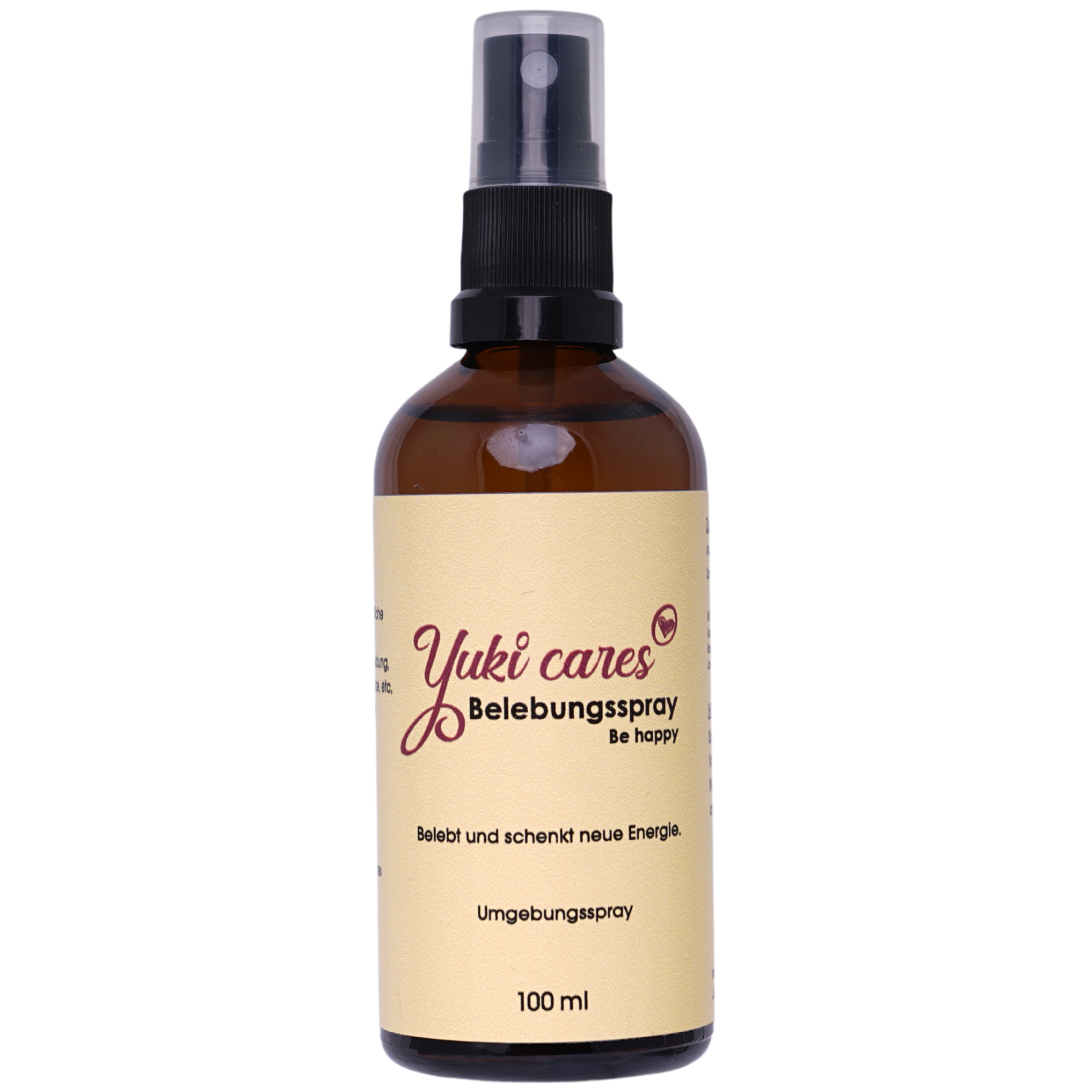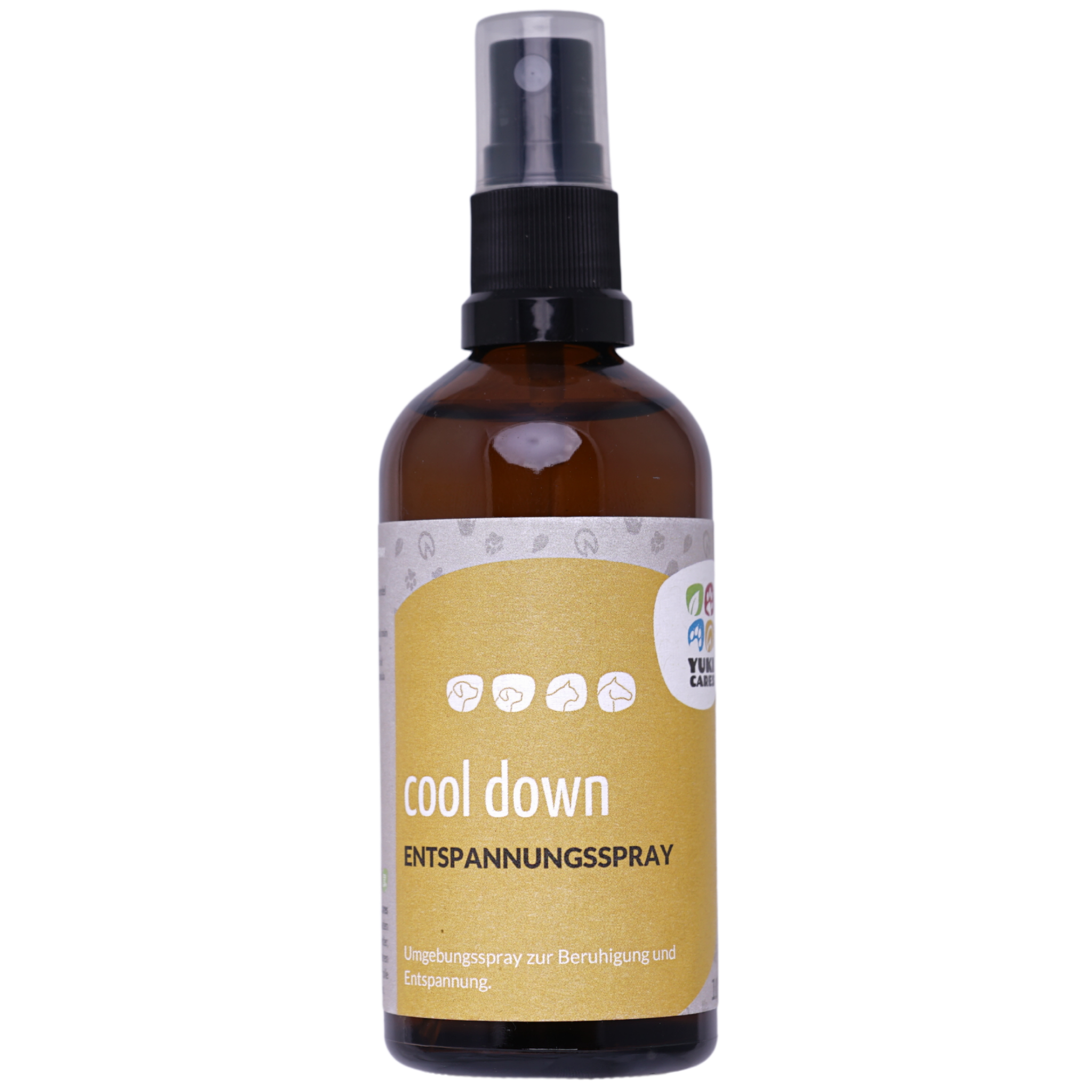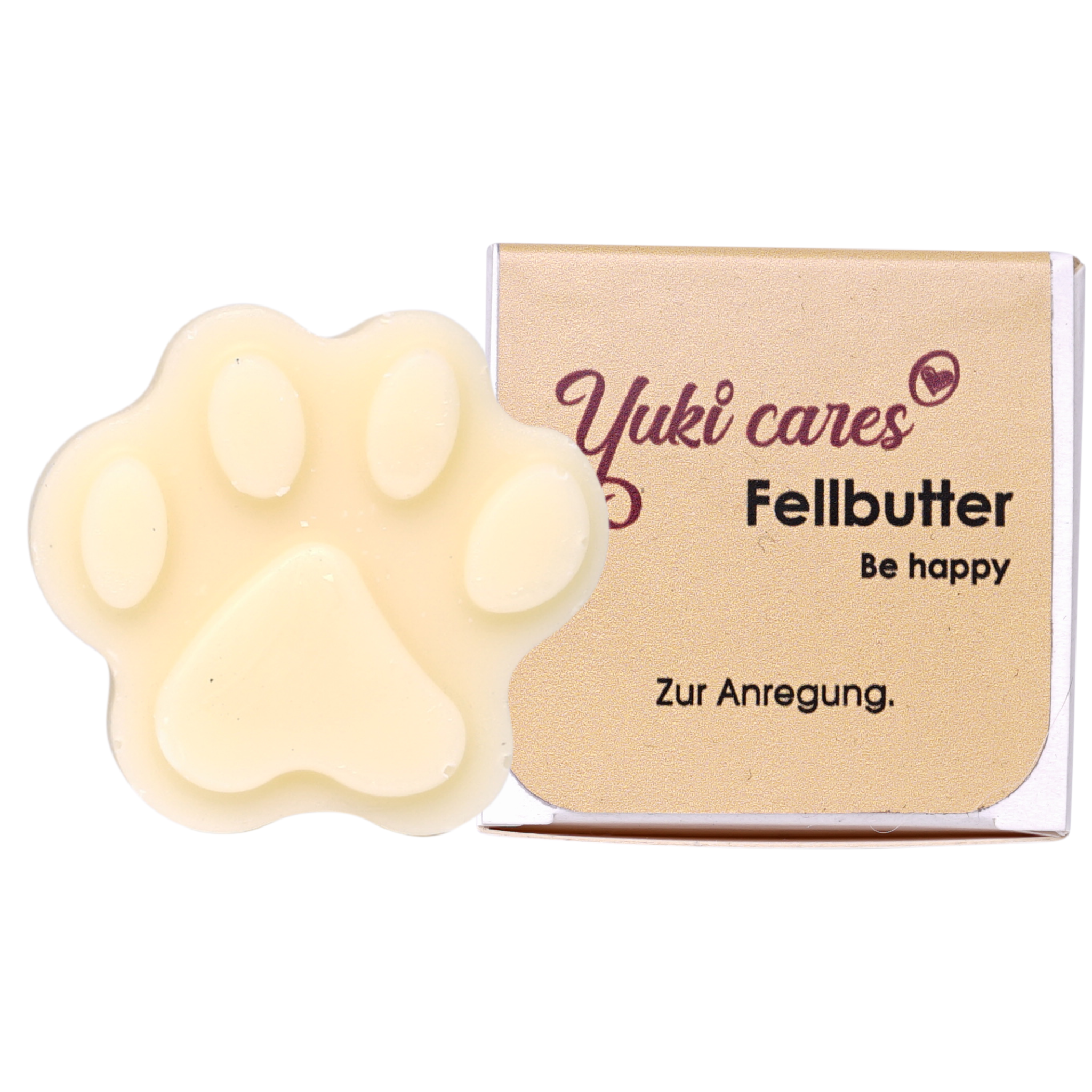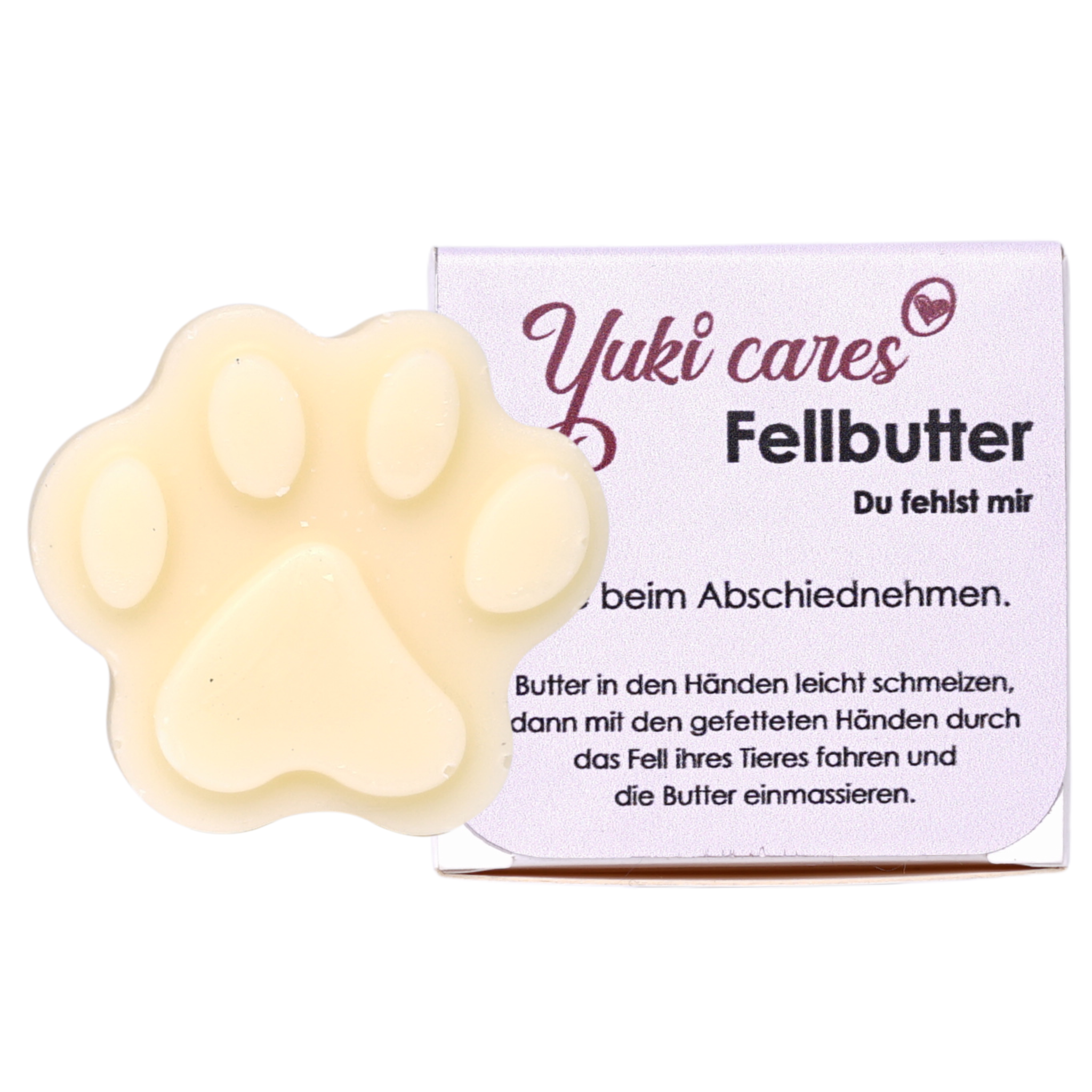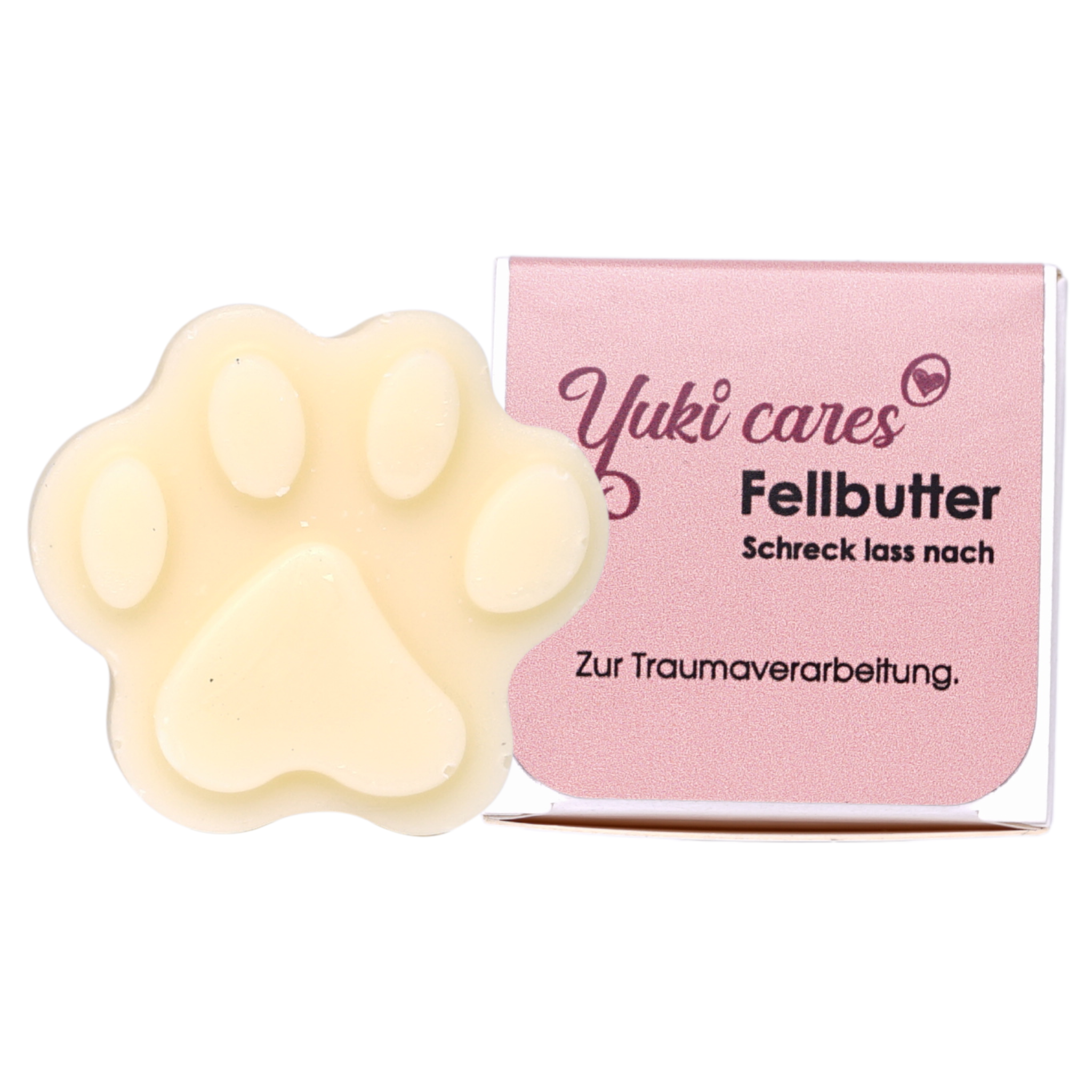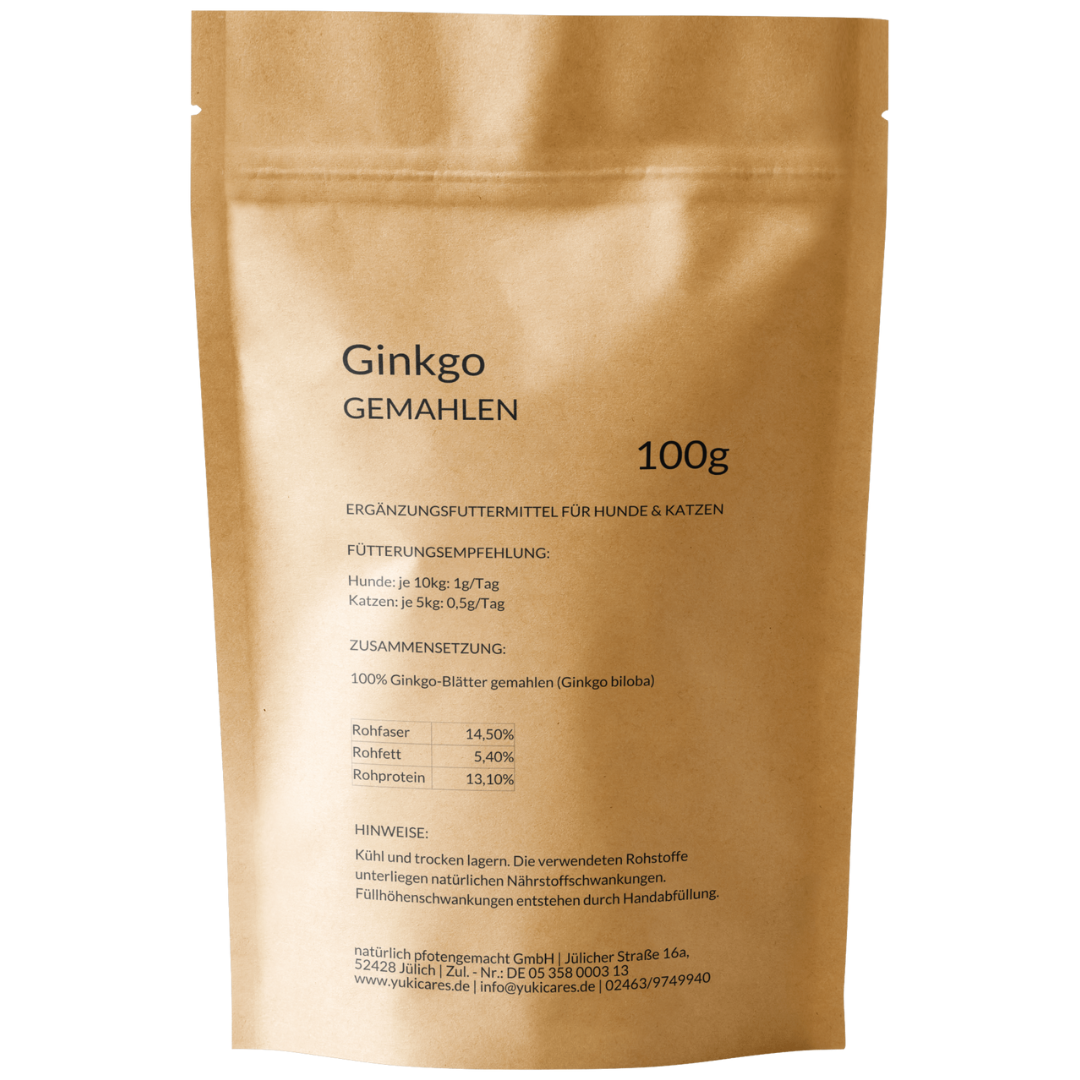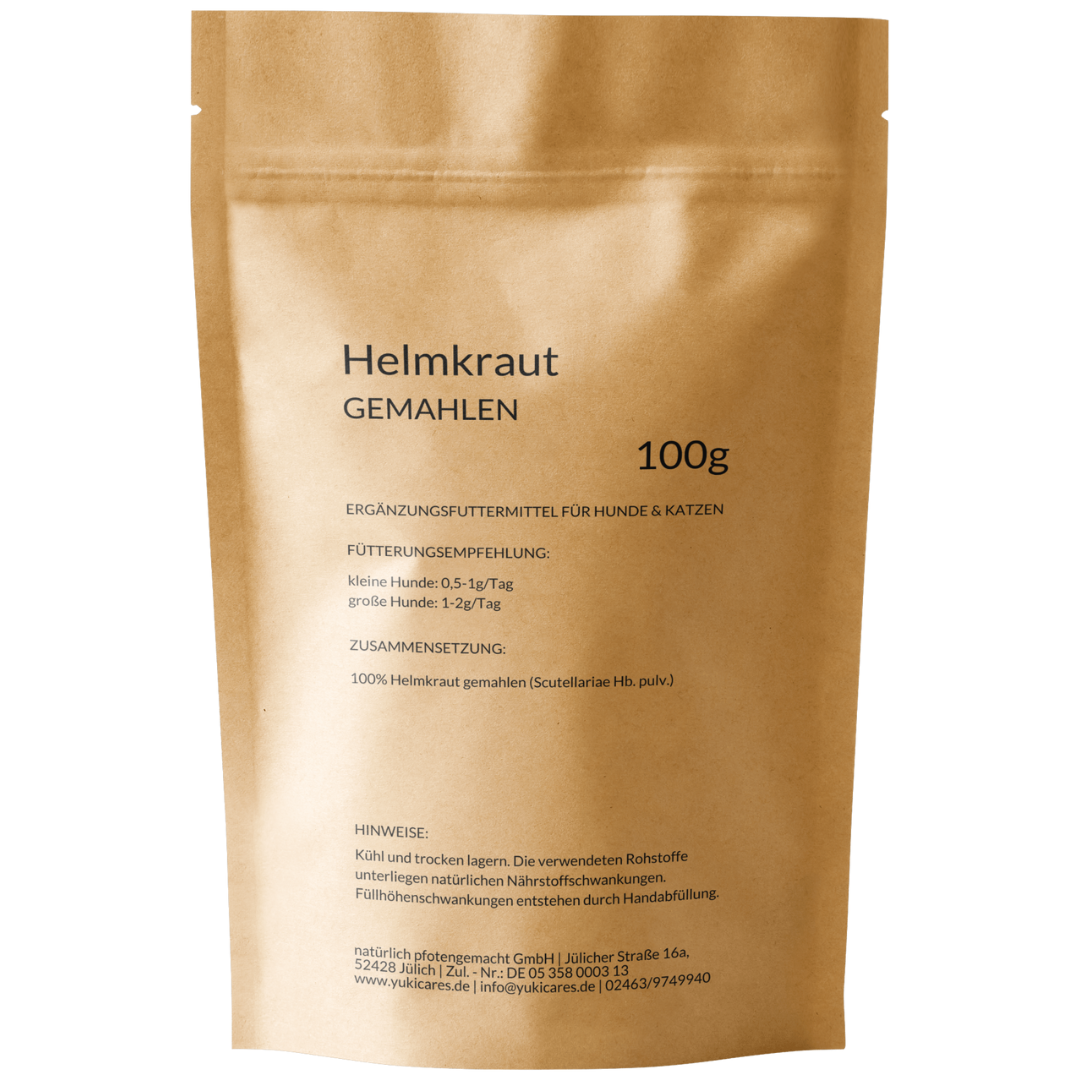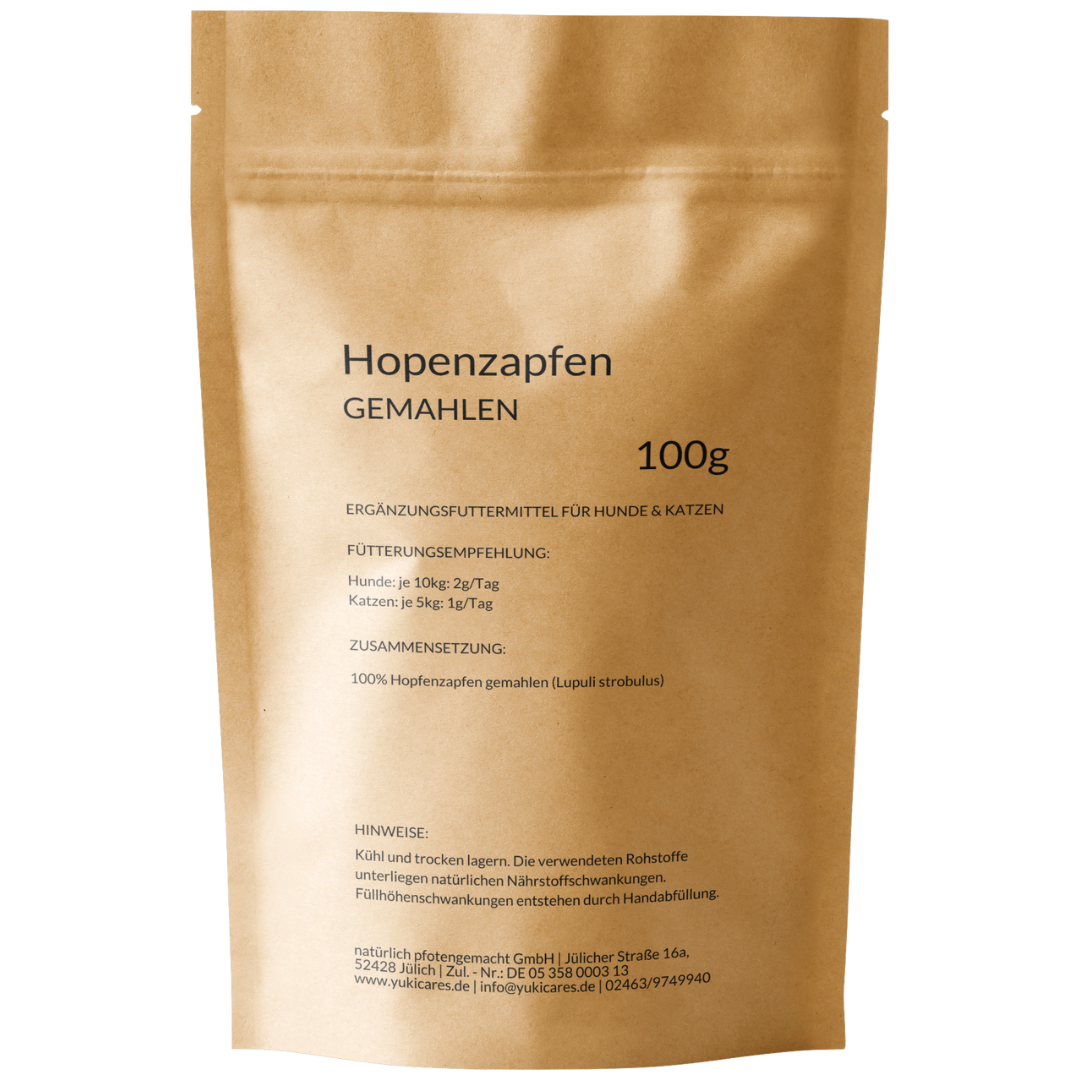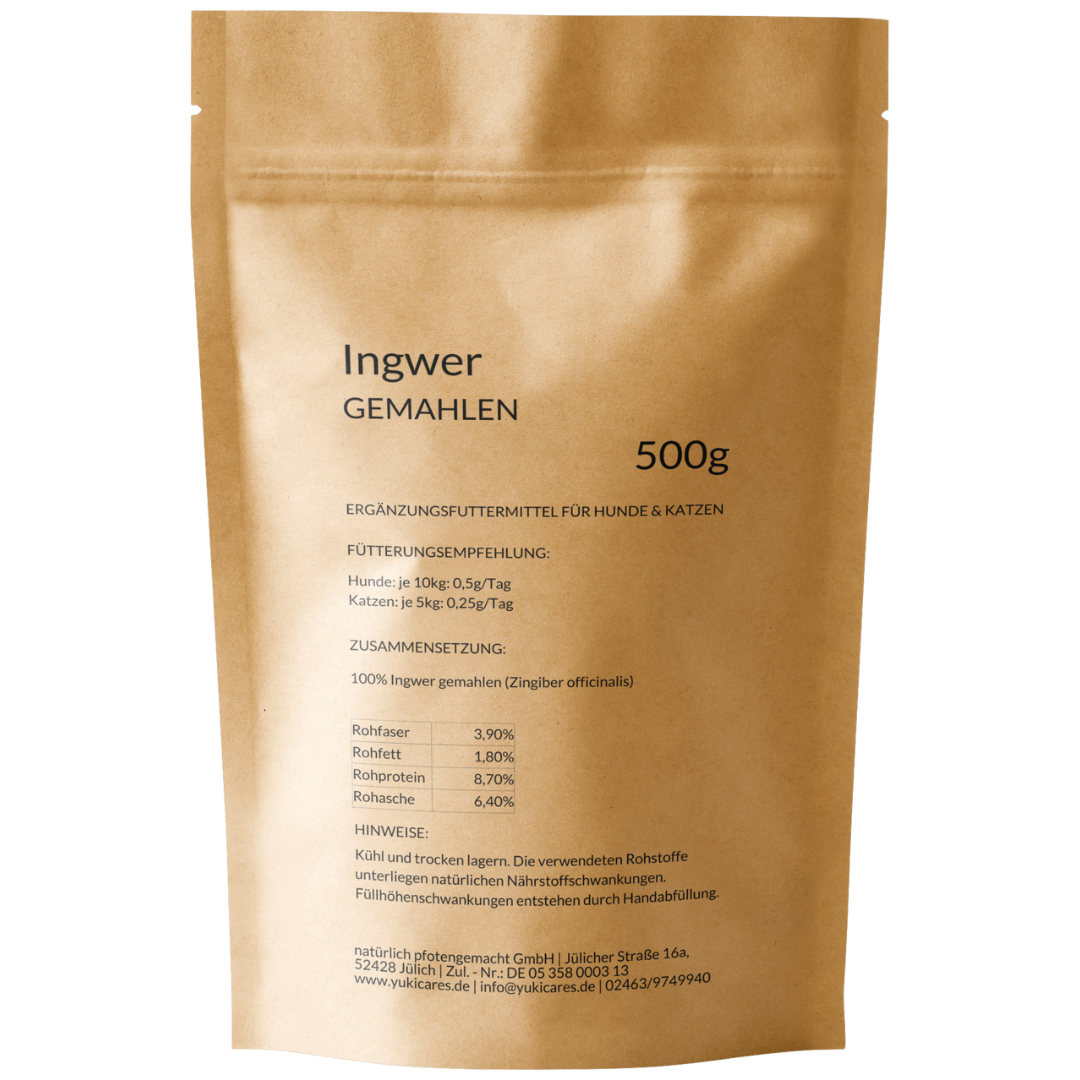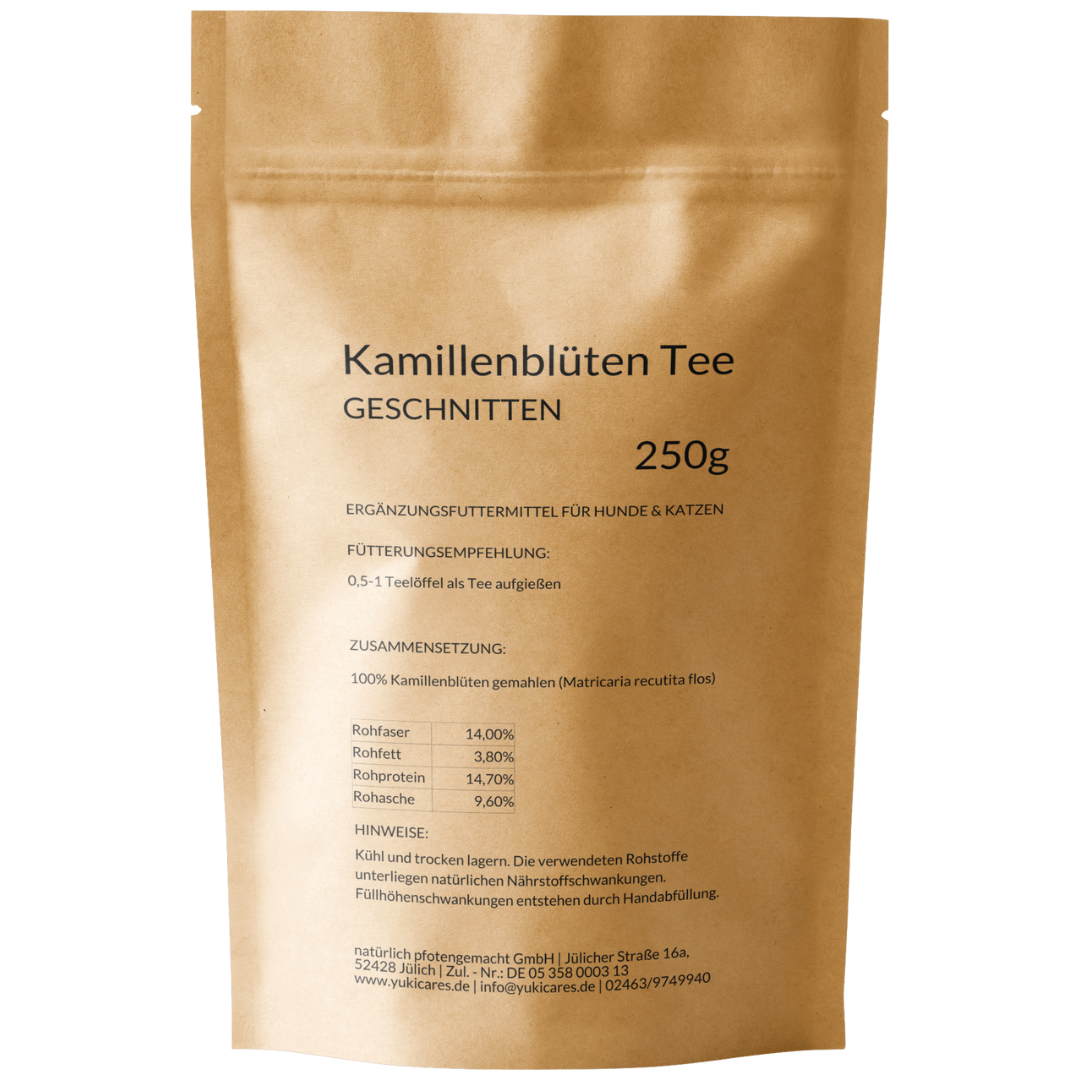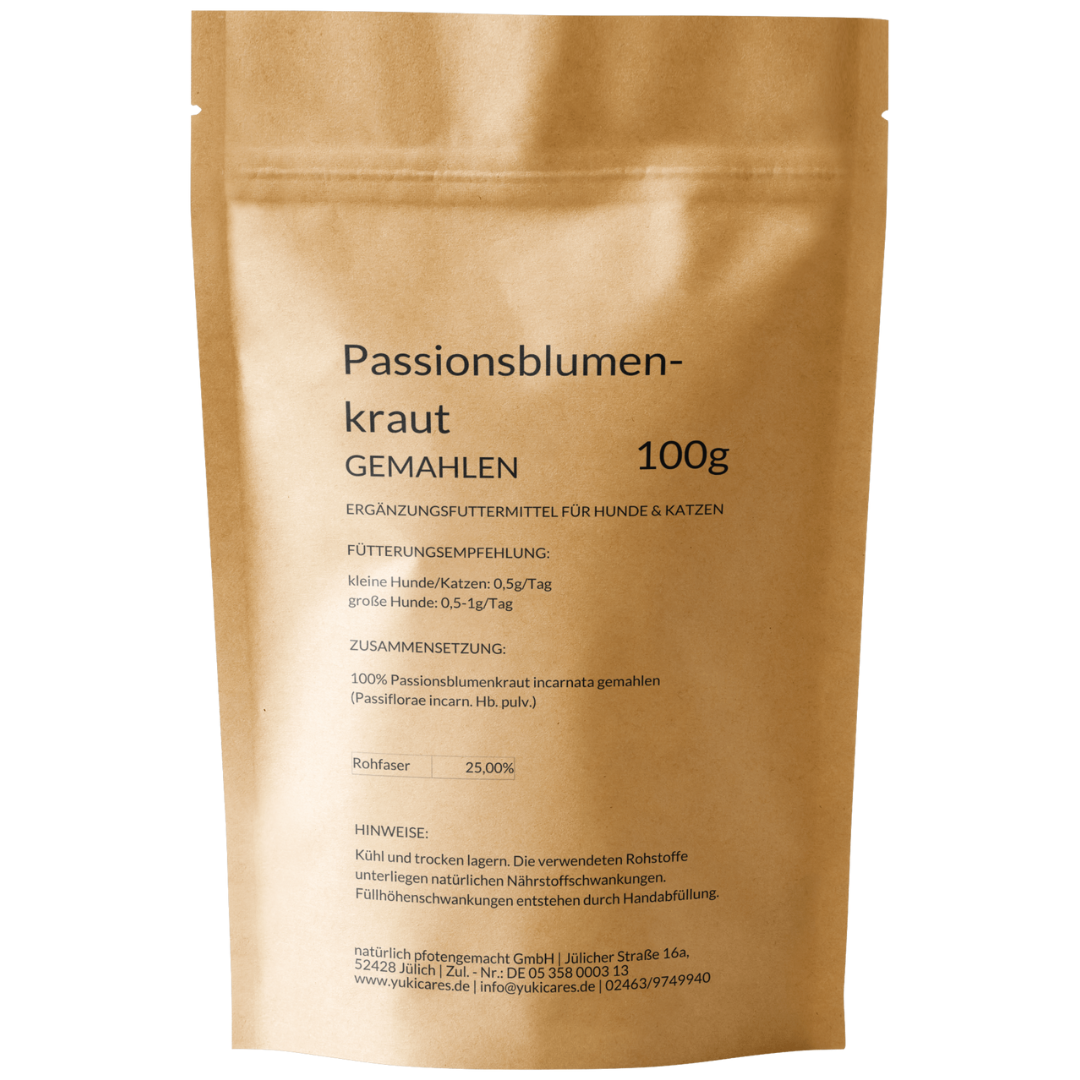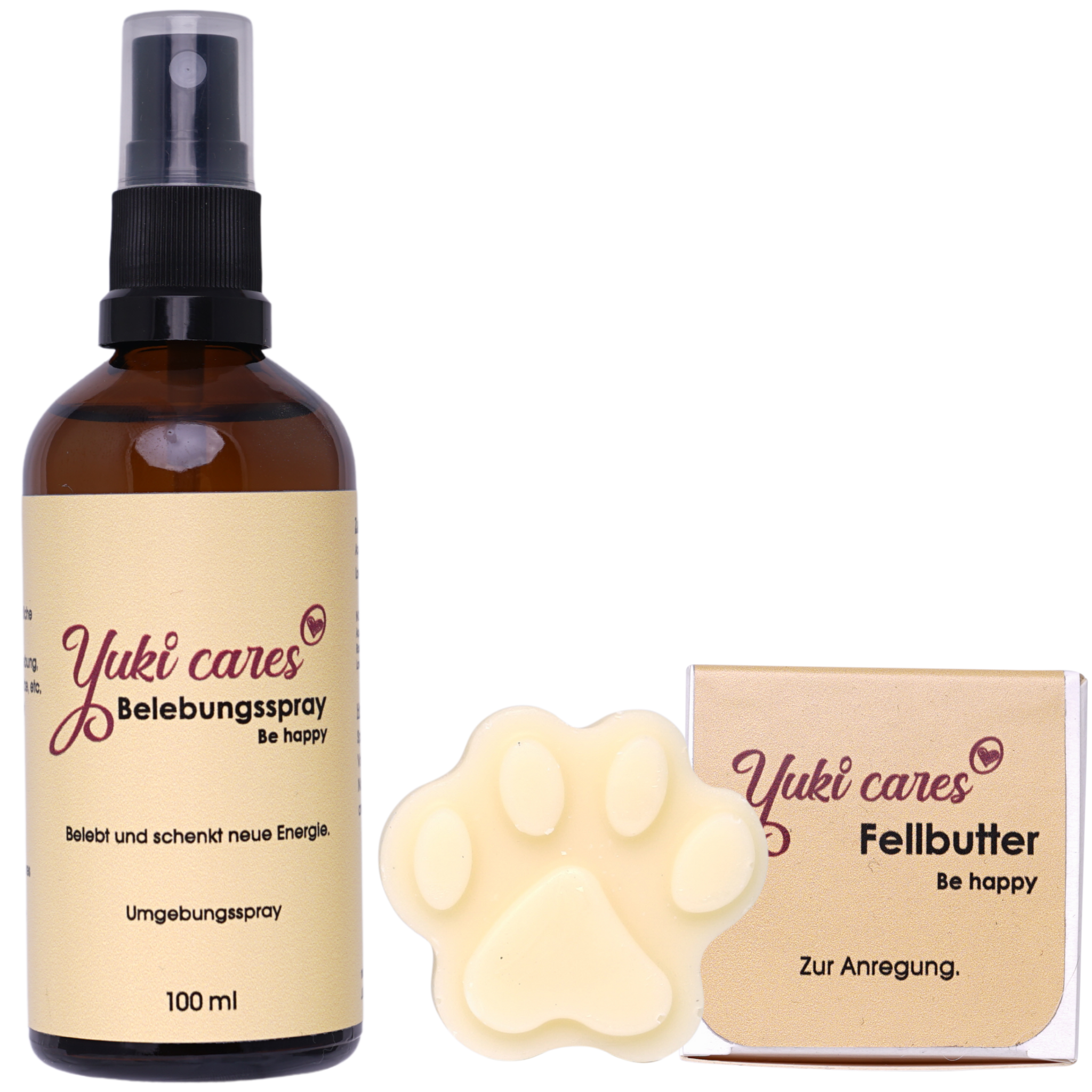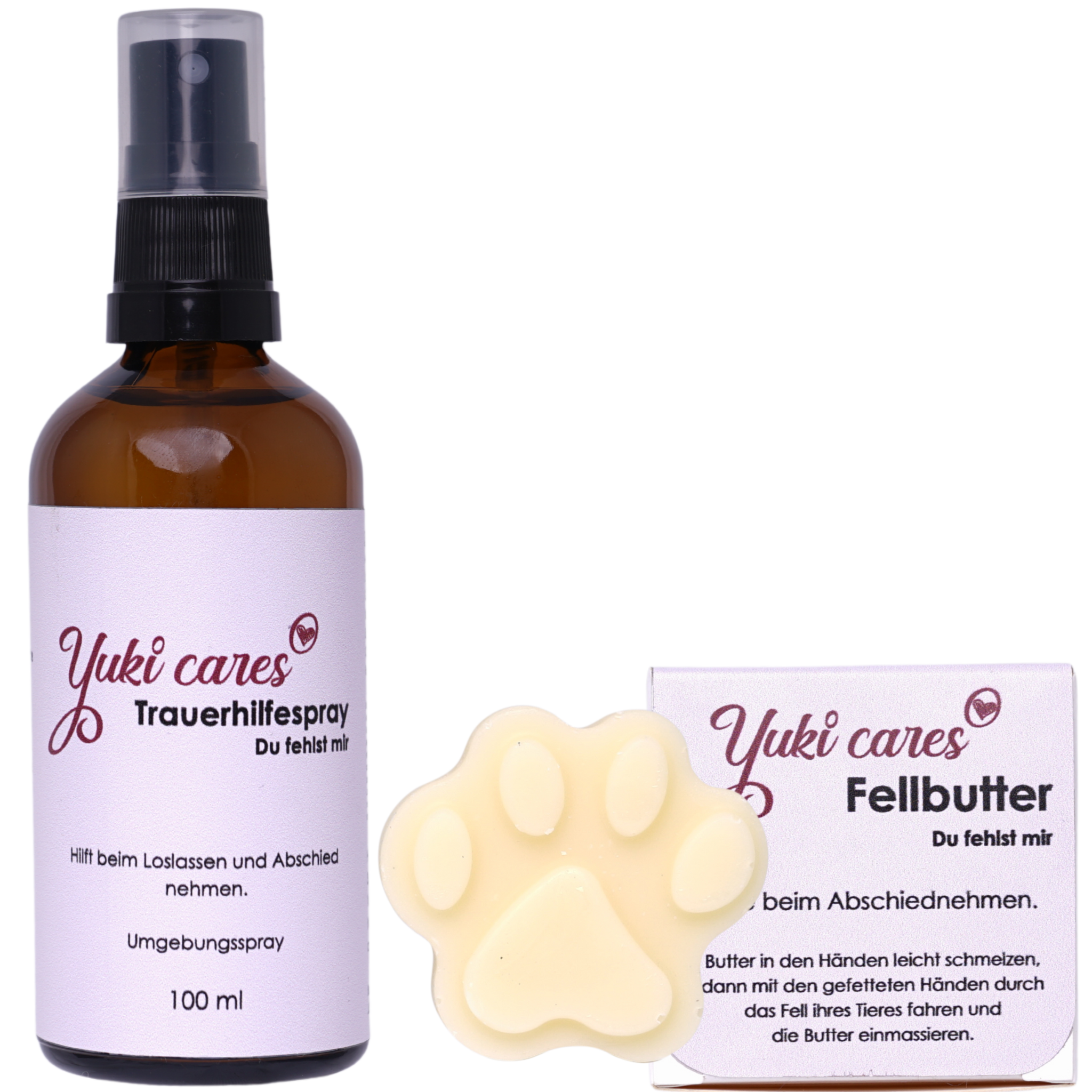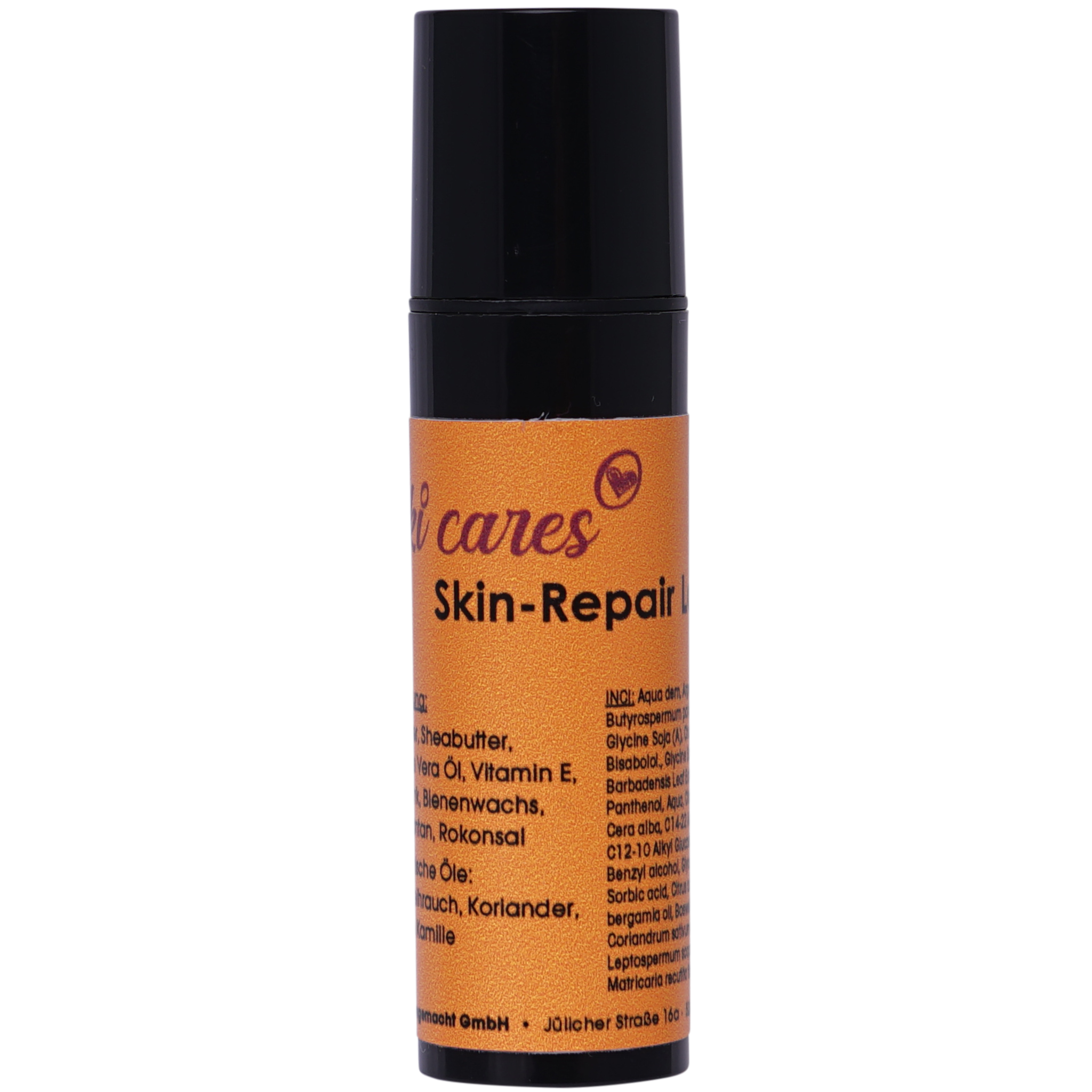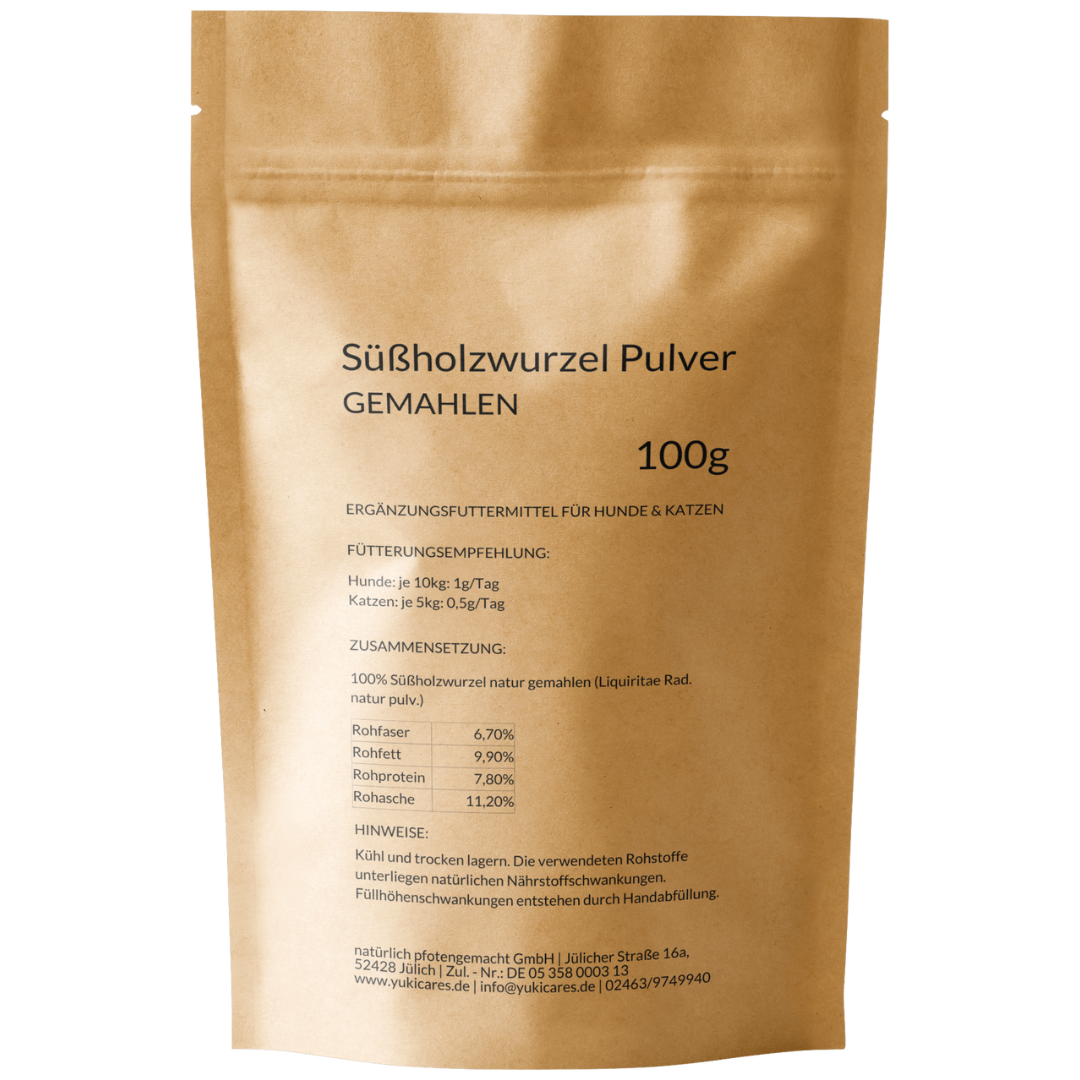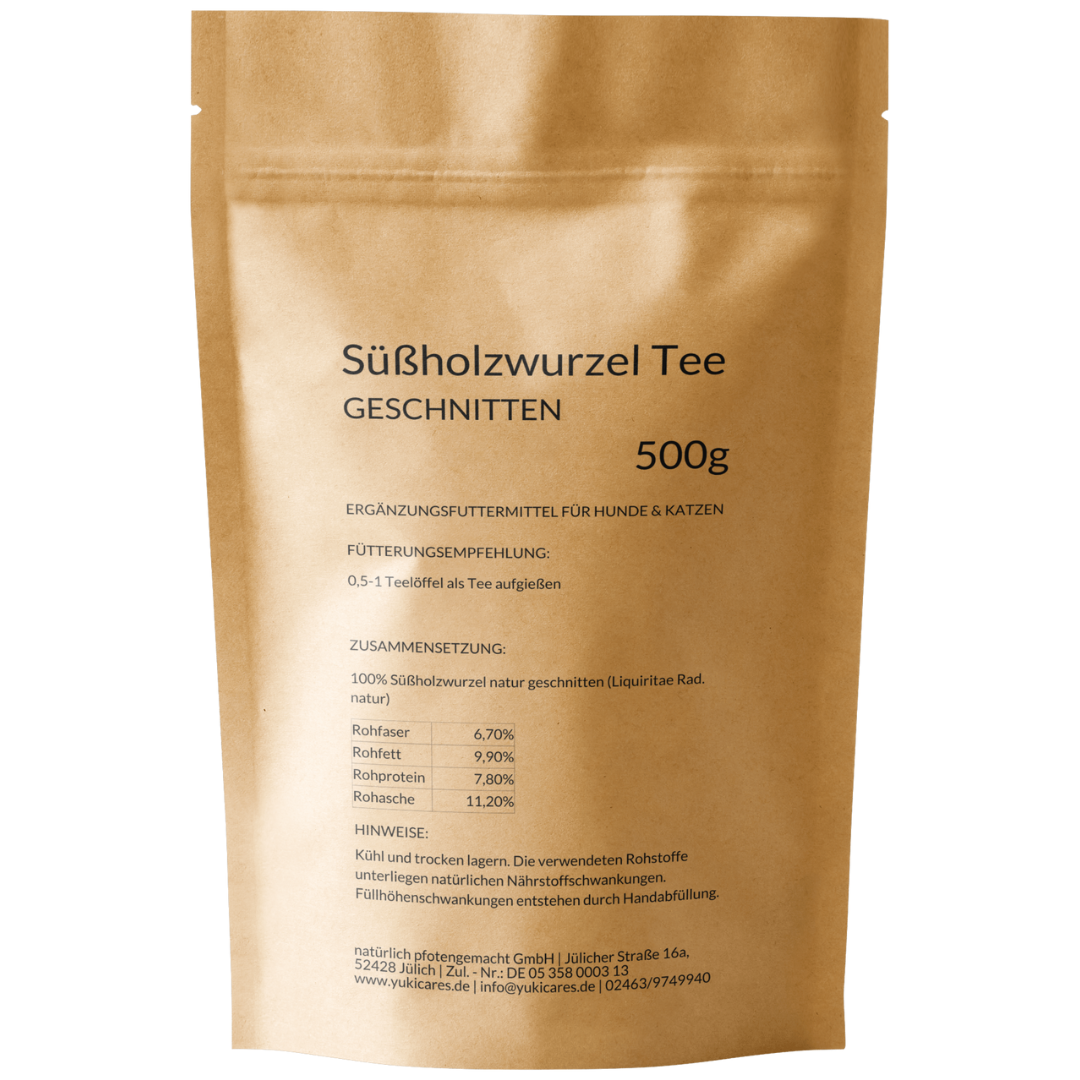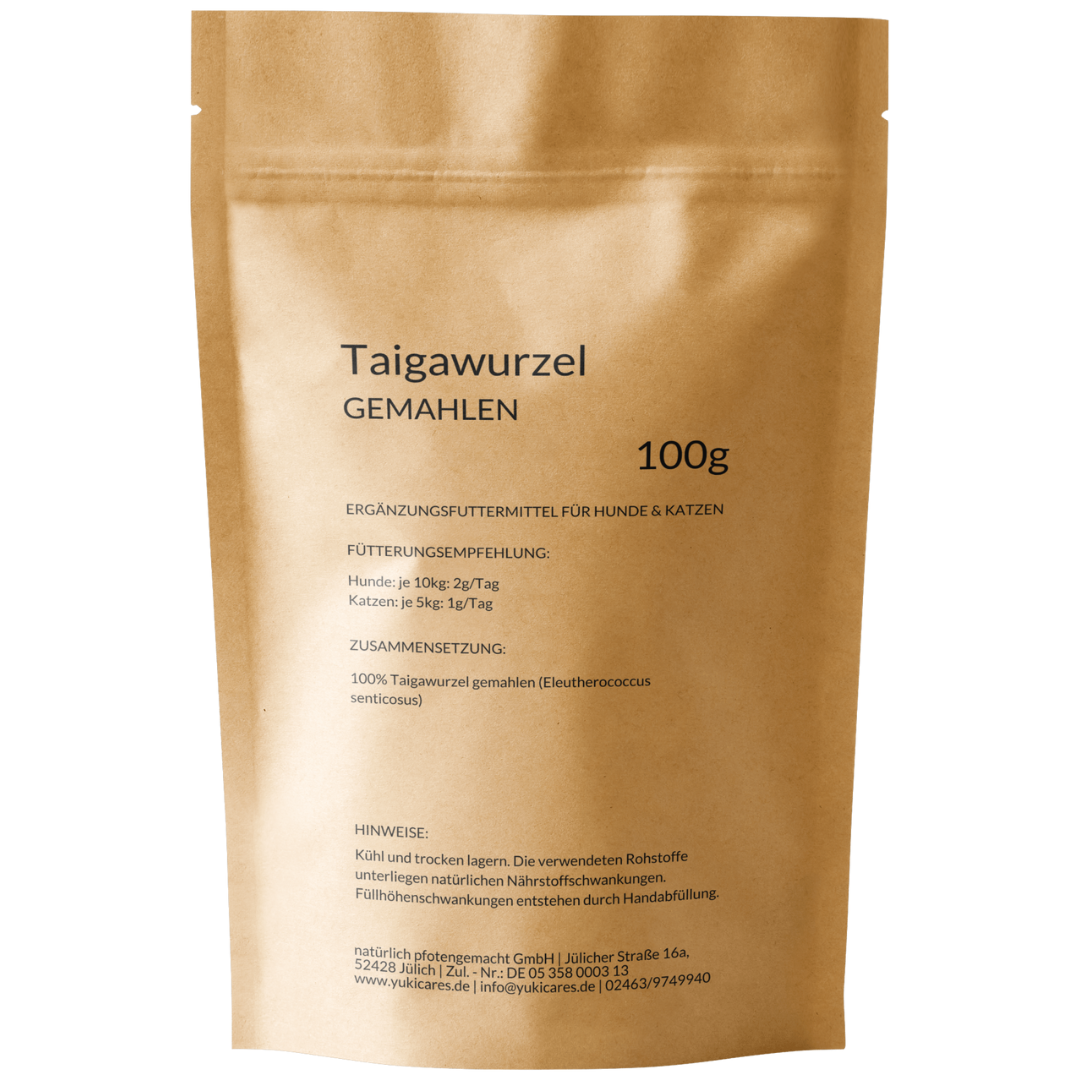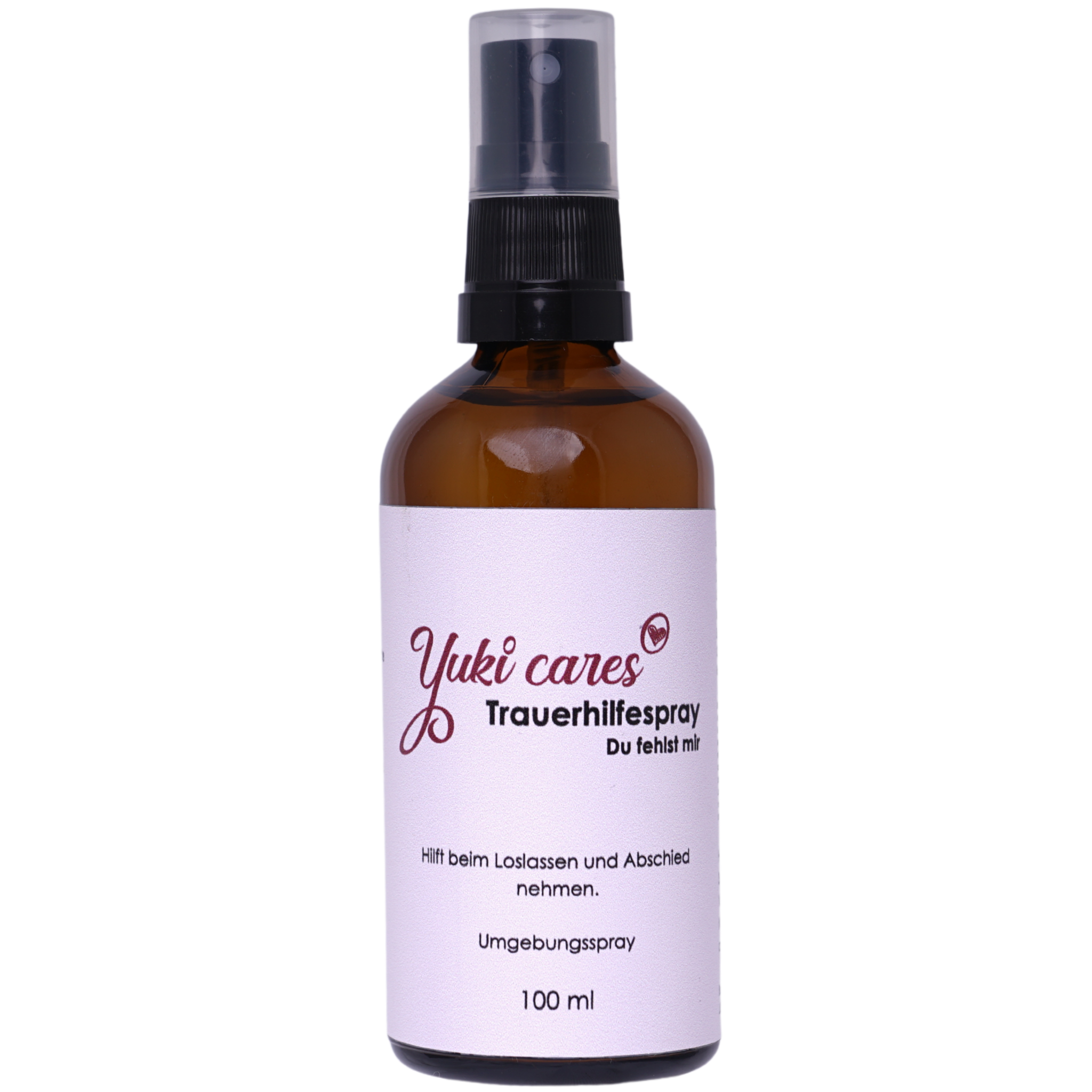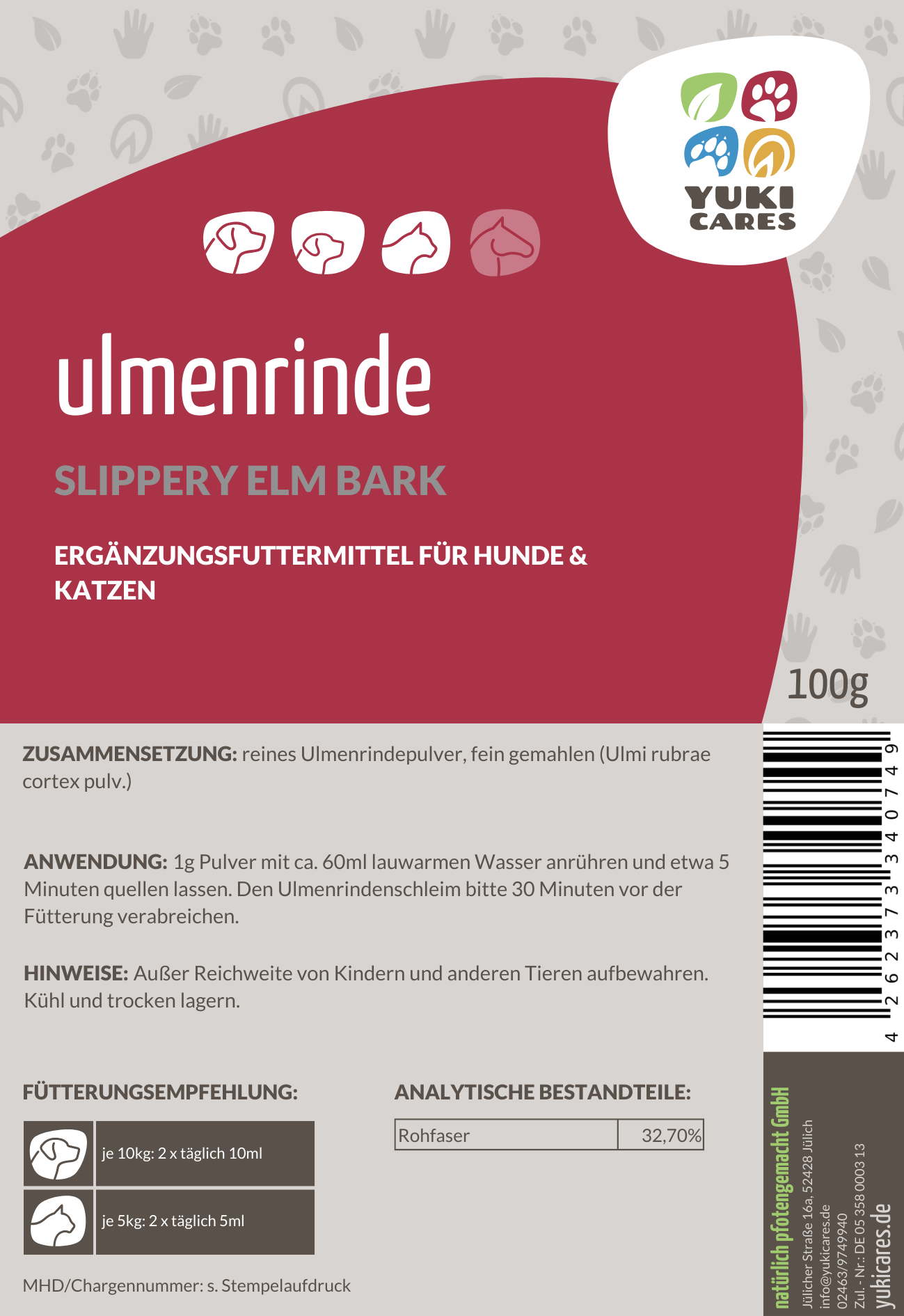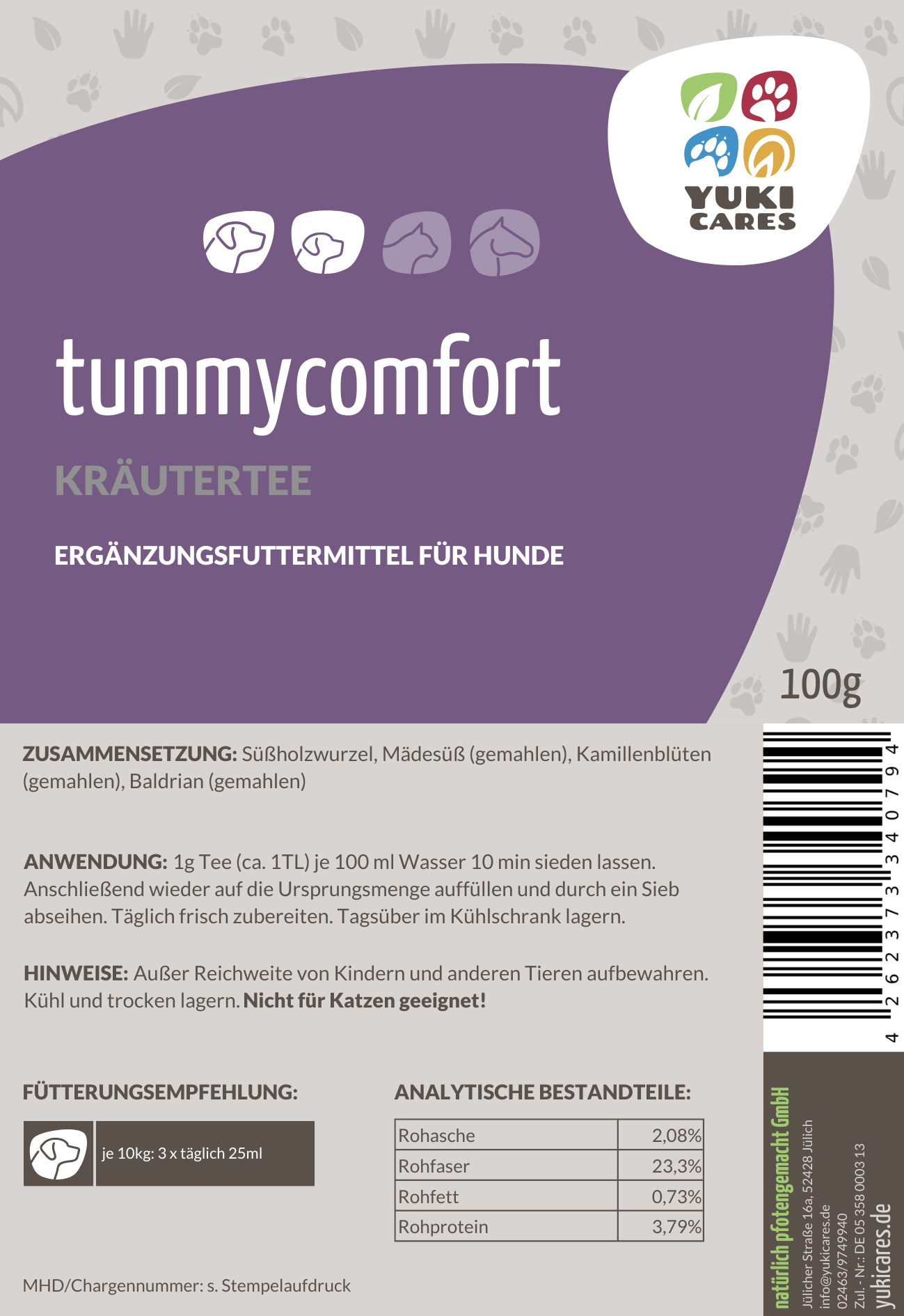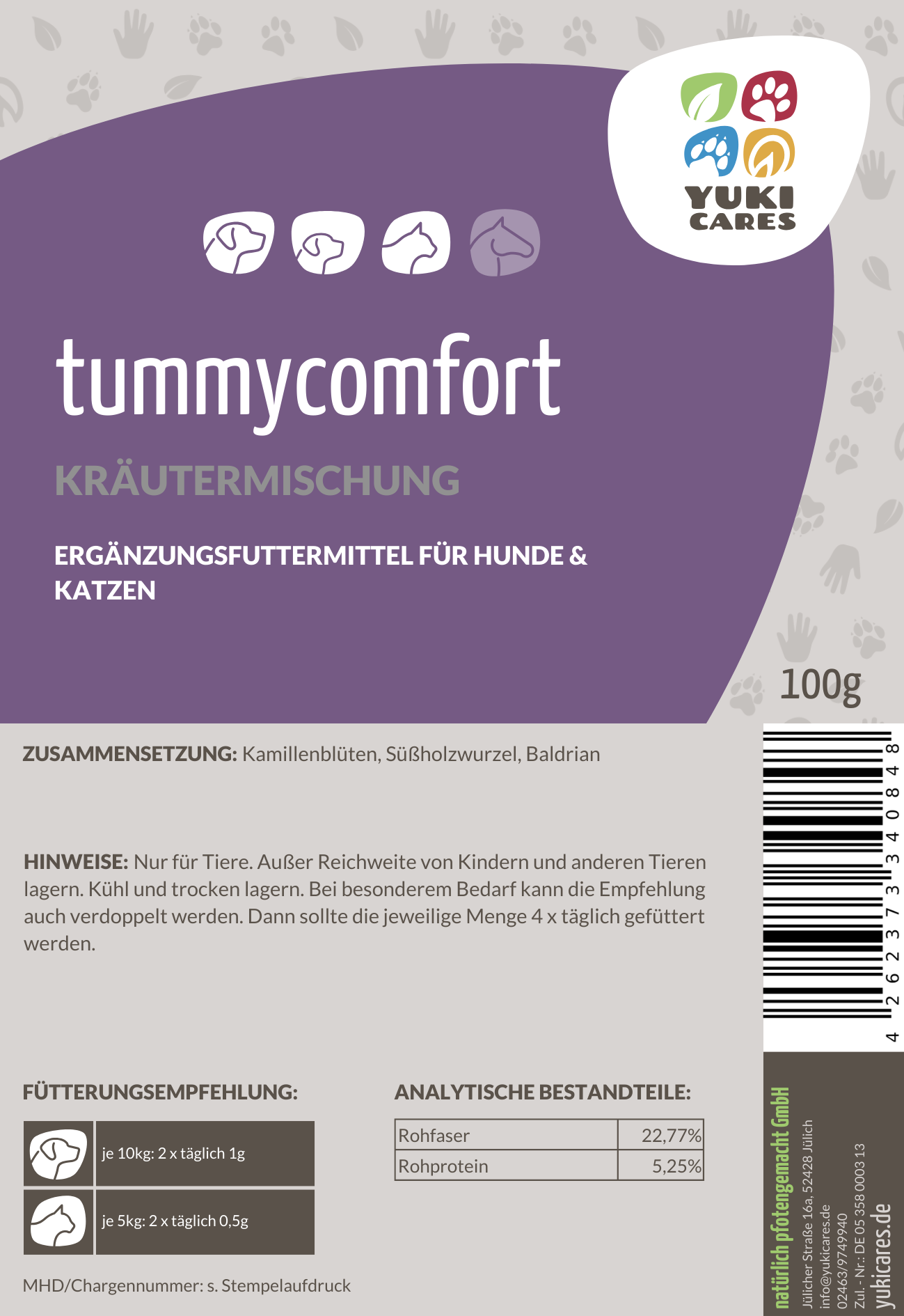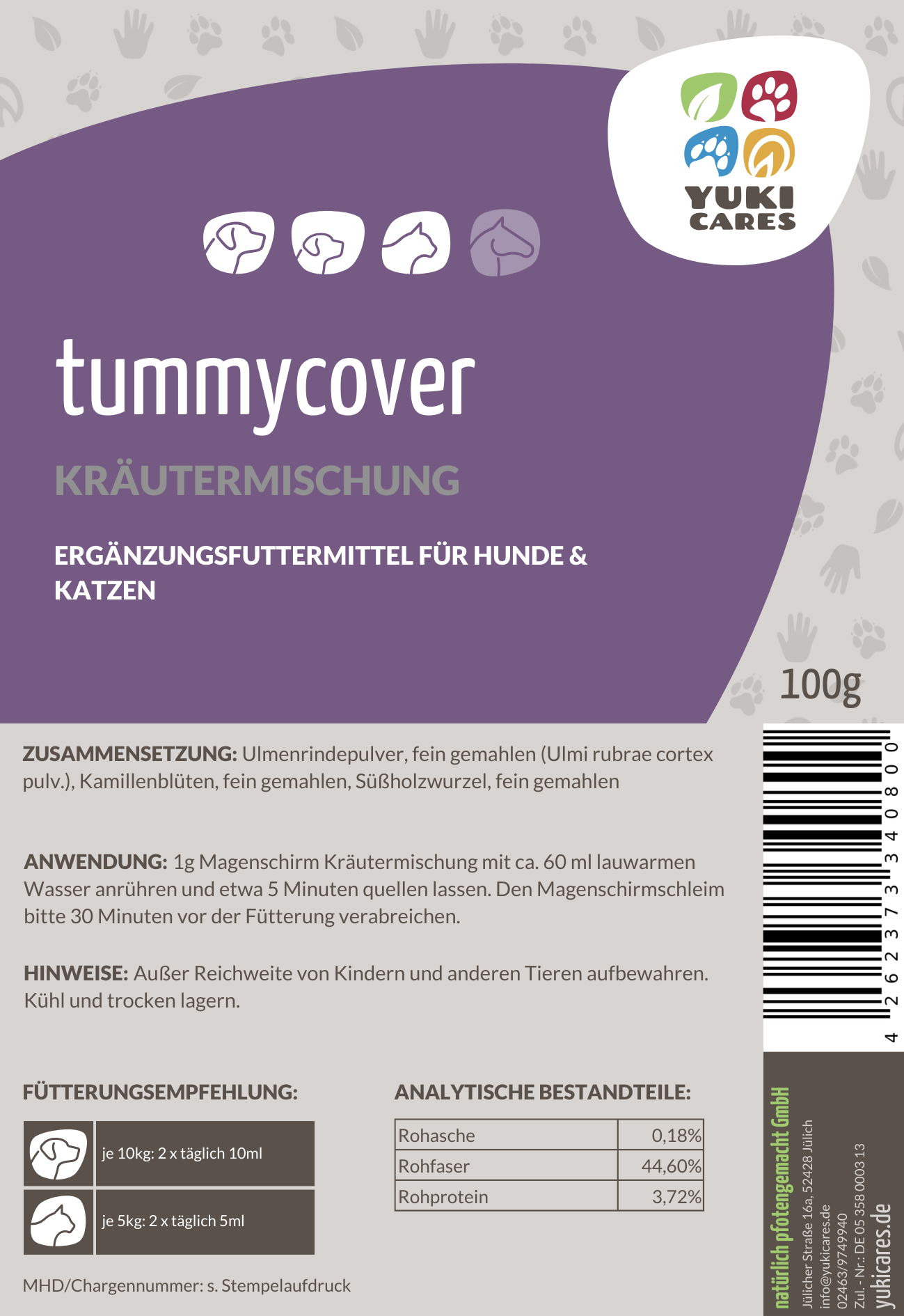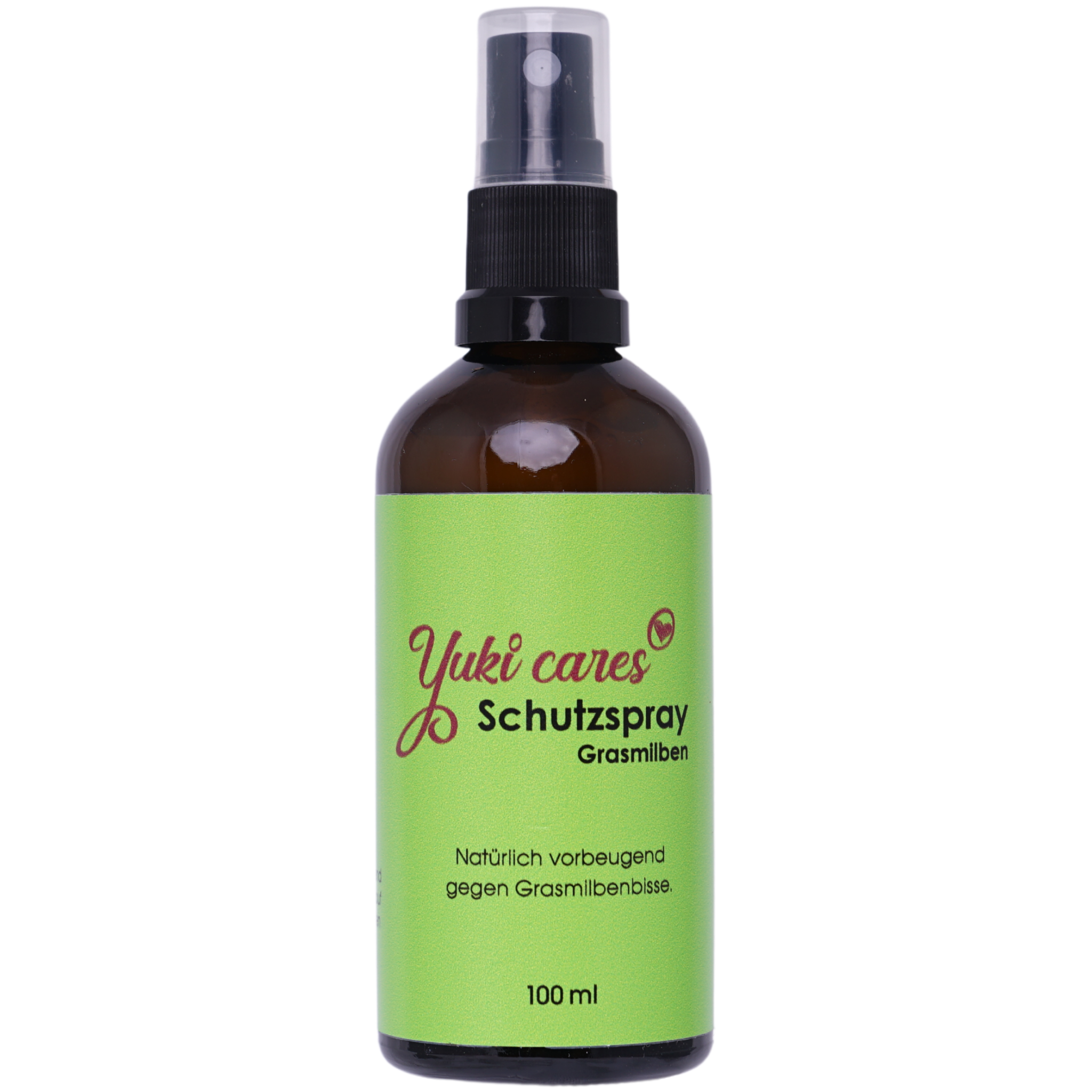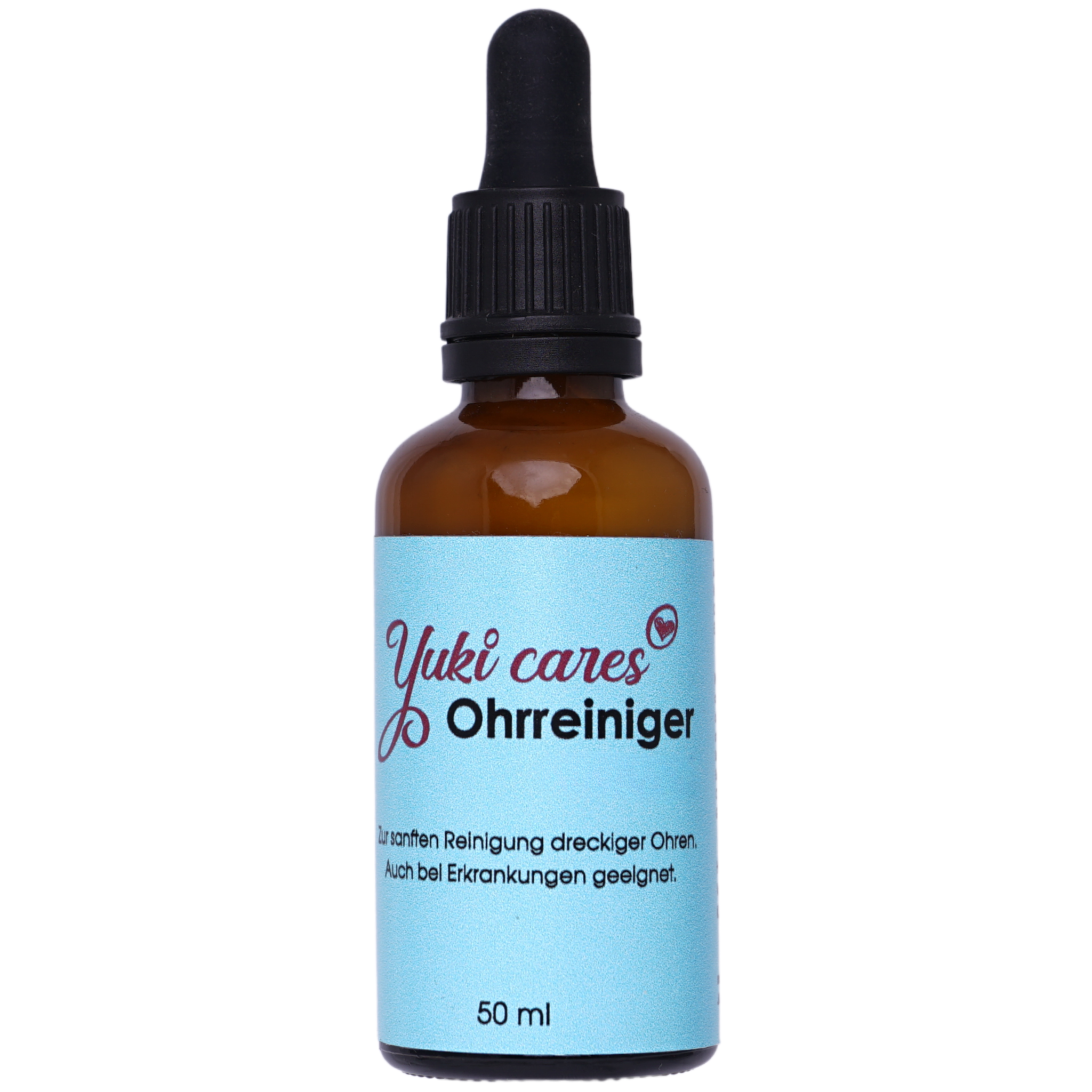Warm water and surfactants roughen the cuticle structure of the hair, making it feel dull and rough and more vulnerable to damage. A rinse ensures that the cuticles rebuild themselves; in conventional shampoos, silicones and other additives do this, which are missing in natural soap.
Since dogs aren't often bathed with water as hot as we would with our own hair, their hair doesn't tend to become as rough. Depending on the water hardness and coat texture, an acidic rinse may still soften the coat after washing, so feel free to try rinsing with a rinse if the soap doesn't work the first time.
The rinse should be massaged into the coat.
There are different types of rinses, the most common being the cold and acid rinse.
Cold rinse
1 liter of cold liquid: e.g. water
For dogs, a cold rinse is often sufficient, but not every dog likes or tolerates a cold shower. For these dogs, an acidic rinse is also a good alternative.
Acid rinse
1 tablespoon of acid to 1 liter of water:
e.g. 1 tbsp lemon juice (concentrate) or fruit vinegar to 1 liter of water.
Alternatively: 1 liter of mineral water
If necessary, the acid concentration can be increased. The rinse generally doesn't sting the eyes.
Afterwards, the rinse can be rinsed out again, but this is not necessary.


